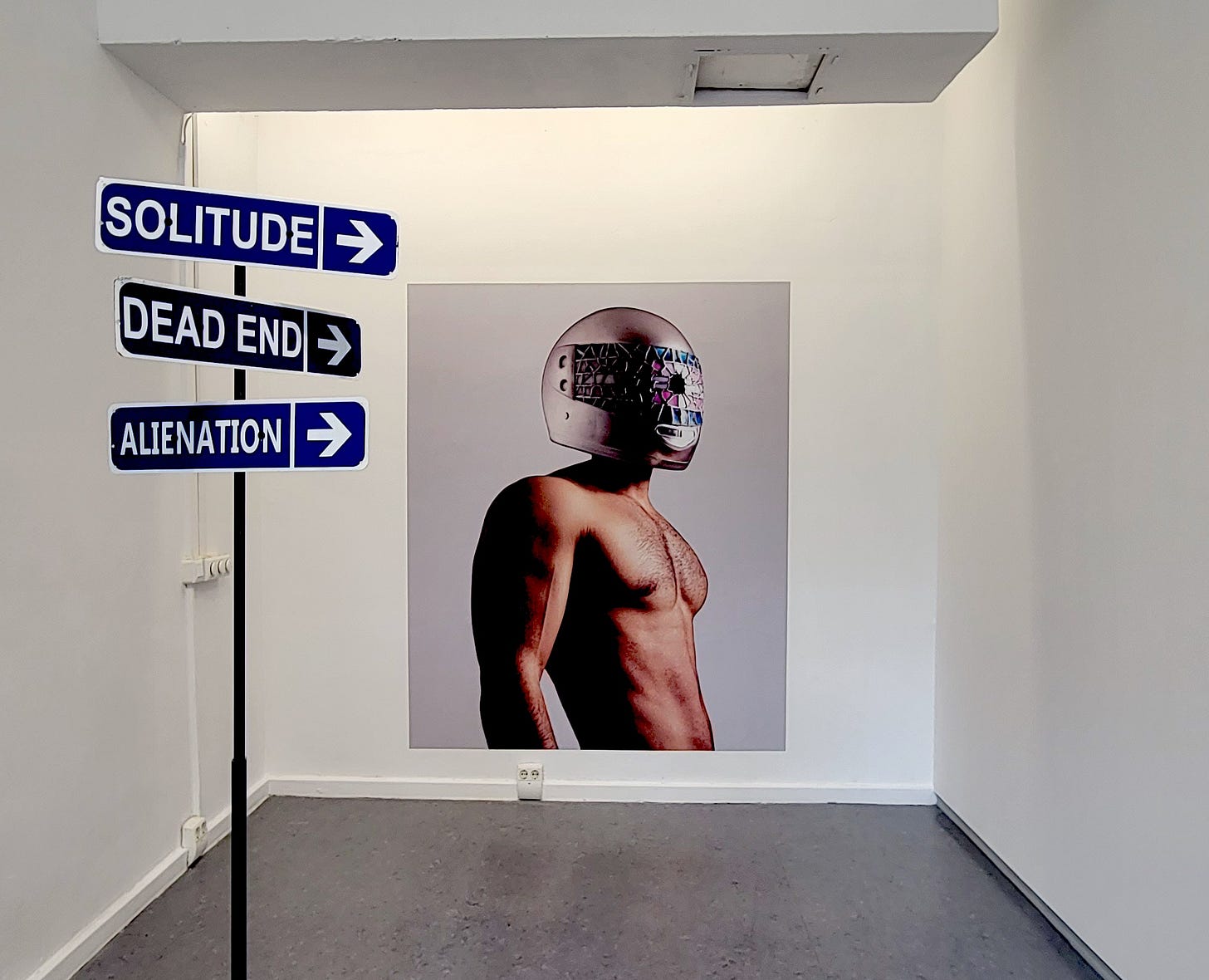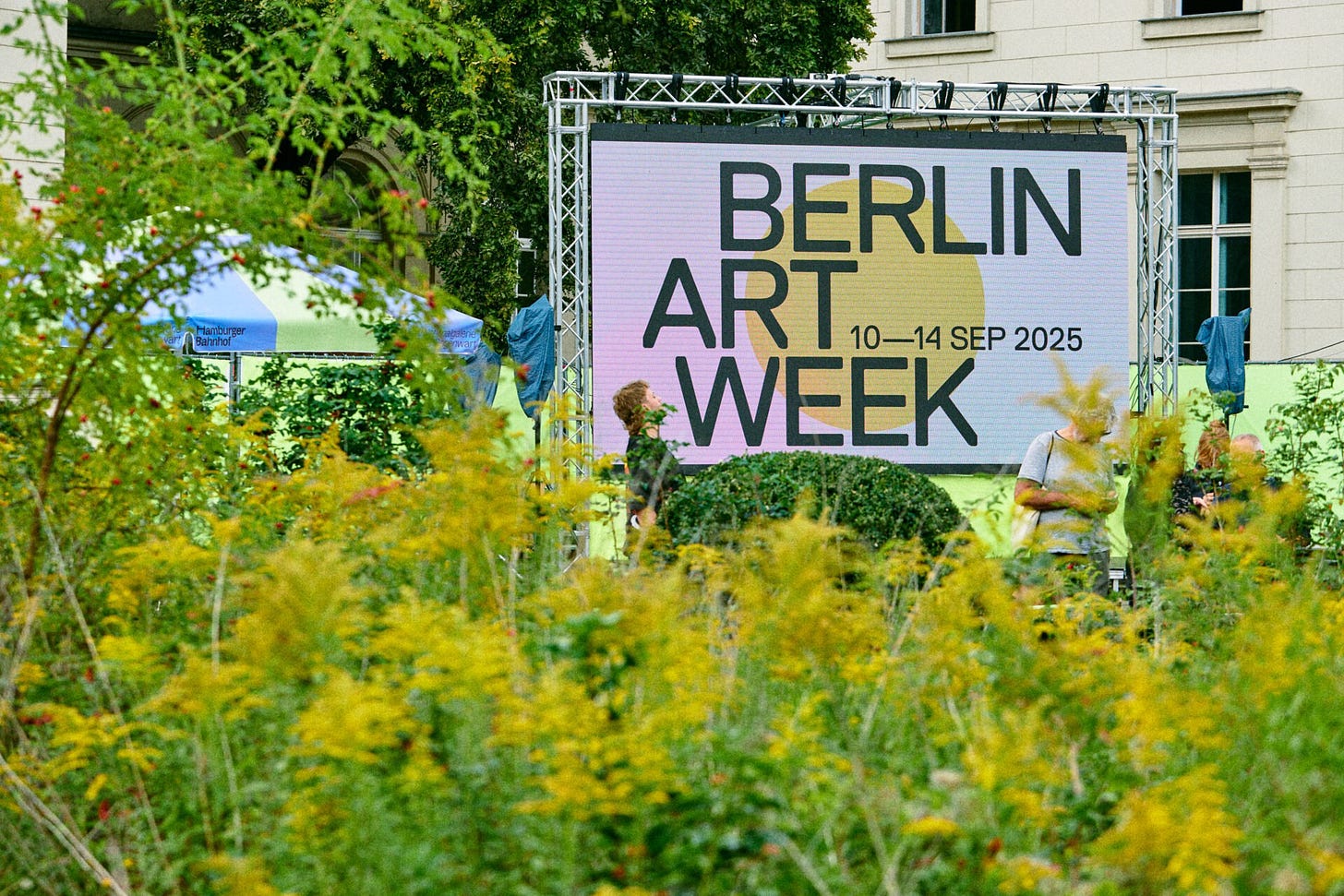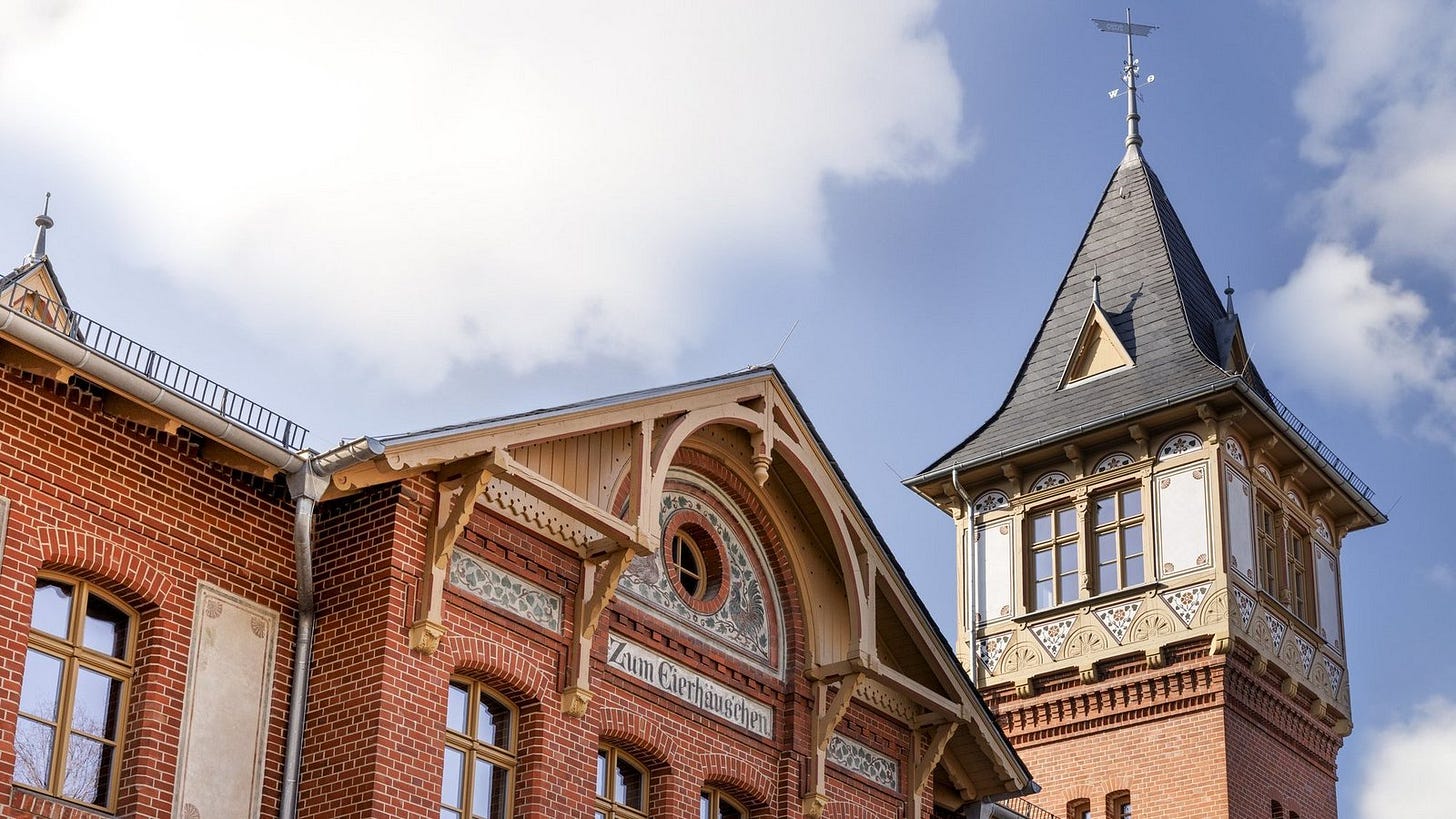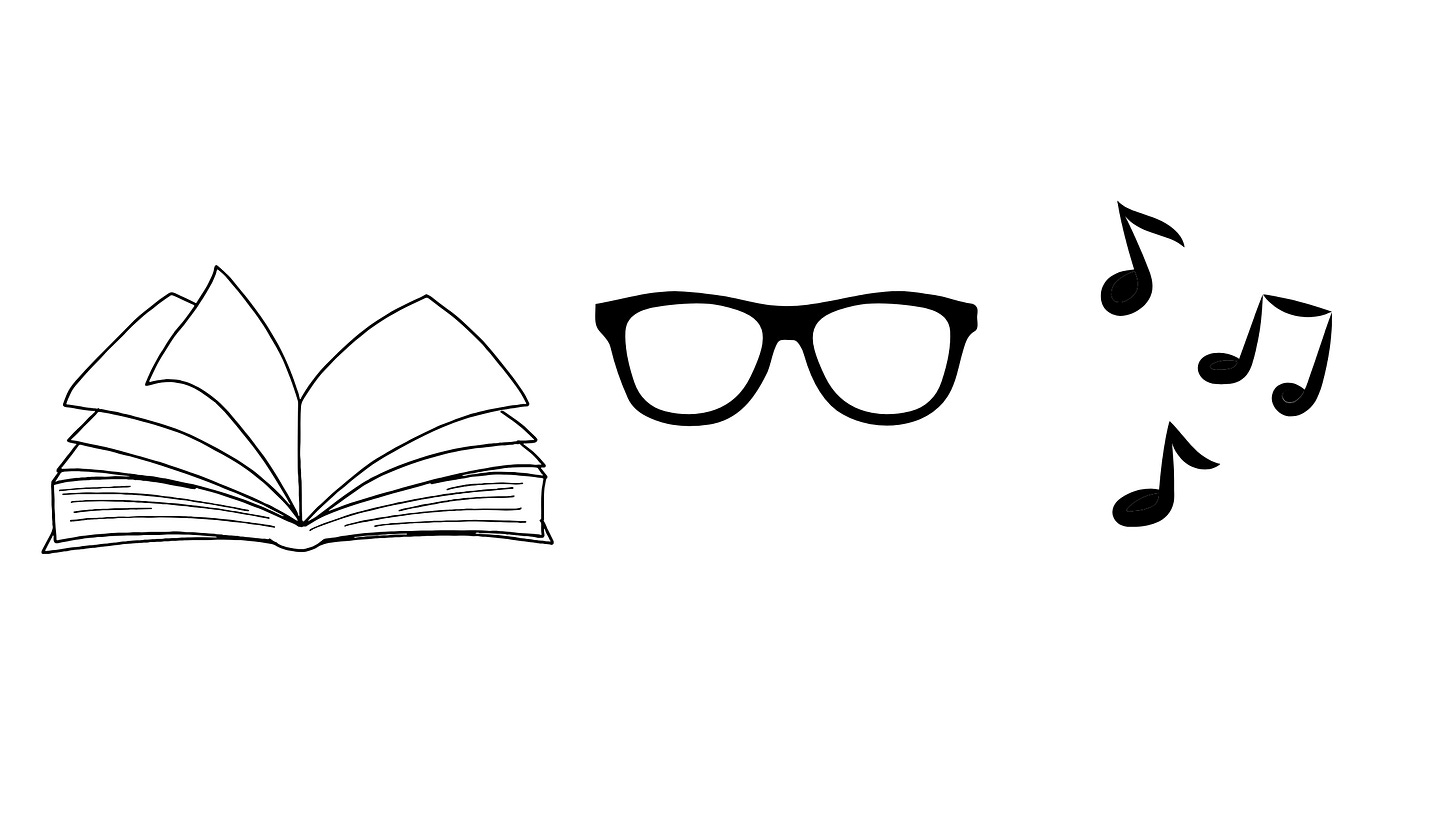
Apologies that this week’s Weekly Wrap is a few days late. For once, I was out seeing and doing instead of writing!
This weekend was the culmination of Berlin Art Week, an annual festival dedicated to contemporary art with coordinated exhibits and openings at more than 100 museums, galleries and project spaces. Although some curated walks and special events were ticketed — most showings were free to the public.
I learned my lesson from last year’s Long Night of Museums, and kept my plans small. There’s simply no way to see everything—not even everything you think you have to see.
I took the advice from The Berliner’s inside guide to just pick one area and “dive in,” opting to take an English-language curated tour of selected collections—”A Stroll along Leipziger Strasse.”
I also visited the Neue Nationalgalerie’s terrace for a performance of Joan Jonas’ “Mirror Piece I & II.”
I’m not an artist or knowledgeable about visual art. But I still think art is important, just for average people like me to consider the perspectives of others.
I believe all art—music, writing, visual or performance—is about communicating, or attempting to communicate, an essential aspect of humanness that we all identify with. Even if we, as individuals, may discern different themes and messages from different works, they still touches something fundamentally in common between the creator and the recipient.
I feel lucky to live in a city that fosters and preserves such a huge diversity of creativity.

Tag des Öffenen Denkmals
Sunday was also the Day of the Open Monument, held every year on the second Sunday in September.
It’s the day that many historic monuments are open to the public and/or special tours of different historic buildings and monuments are offered. This year, there were more than 1,000 different offerings, all with free admission.
I visited the Eierhäuschen in the Spreepark in Treptow.
The “egg house” is a former restaurant and tourist attraction built in the early 19th century on the Spree River in what is now the Plänterwald district. It was a popular day-trip destination from its original construction in 1837 through the 1970s, despite two major fires and several changes of ownership.
But in the 1990s, just after German reunification, the restaurant closed along with the surrounding Plänterwald Cultural Park. It was largely left in disrepair for years.

In 2019, new owners Berlin Immobilien Management, GmbH (BIM) renovated the main building and terrace and opened a new restaurant, beer garden and playground.
Nobody can really say why it’s called the Little Egg House. Some reports say it’s because the original owners used to sell eggs to boatmen on the Spree River. Others said it was because the grand prize for a popular boat race along the river was a shovel full of eggs.
It’s not, as I originally thought, that the building was egg-shaped or used to hold chickens!
Power back on in Treptow
Also, electricity was just recently restored to tens of thousands of residents and businesses in southeast Berlin (thankfully, not us!) left in the dark after fires damaged the cables at two utility pylons near Johannisthal.
Authorities say the cause was arson and is still under investigation.
The damage was so significant that power was out in the area for almost three days. The Berlin government said it was the longest power outage in the city since the Second World War.
What I’m watching
Moodi Foodi Berlin is a YouTube channel with exquisitely crafted documentaries that each cover a single Berlin food business.
This recent episode, “The One Man Bakery in Berlin,” portrays the work of Olivier, the proprietor of Crapulix, a patisserie and cafe in Steglitz. And they do more than just highlight the pastries, but also talk to Olivier and his longtime regular customers to give a real slice-of-life look at what makes his work special.
And reading …
This is a travel-focused link roundup. Even though we’ve just started a new year, I’m already looking forwared to fall vacation.
Smart Living in Germany: How to Save Money on Flights - I don’t like to fly, but Anna has great tips for saving money on flights and making other travel reservations - even for people who don’t live in Germany.
Zugpost: Wo lohnt sich eigentlich Interrail? (Where is Interrail actually worth it?) - Original in German. You can translate with Google or DeepL. Sebastien advises on how to make the best use of an Interrail pass.
Slow Travel Berlin: Five Great Wine Hikes from Berlin - Dan Cole and Yvonne Hartmann, authors of Beer Hiking Berlin, share recommendations for hikes that highlight some Brandenburg wineries. Did you not know that they also make wine here? Neither did I! #NotJustBeer
And listening to …
Author and journalist John Kampfner was interviewed on this episode of the podcast, Everyone’s Moving to Berlin.
I just bought his latest book, In Search of Berlin - The Story of Europe’s Most Important City. And I subscribe to his Substack newsletter, Citizen of Everywhere.
Note that this episode is from January, and they discuss the then-upcoming federal election, so some of the content is dated. But it is still a great discussion about Berlin.
I liked this quote, in particular.
“Berlin is really a migrant city. It is a city where people have come — usually they have come — to get out of trauma. Funny that it is also a city that has unleashed so much trauma in the 20th century. It was a city where people gathered and created a new life. …
So, whether you are a Russian who came in the 1920s or French and came with the Huguenot or Jews that came in the Middle Ages and either survived or came back after the Holocaust, or, more recently, the Turkish Gästarbeiter in the 1970s, you have become a Berliner.”
Listen to the rest here:




To me, art-whether painting, sculpting, or music is a communication of feeling, not a communication of ideas.